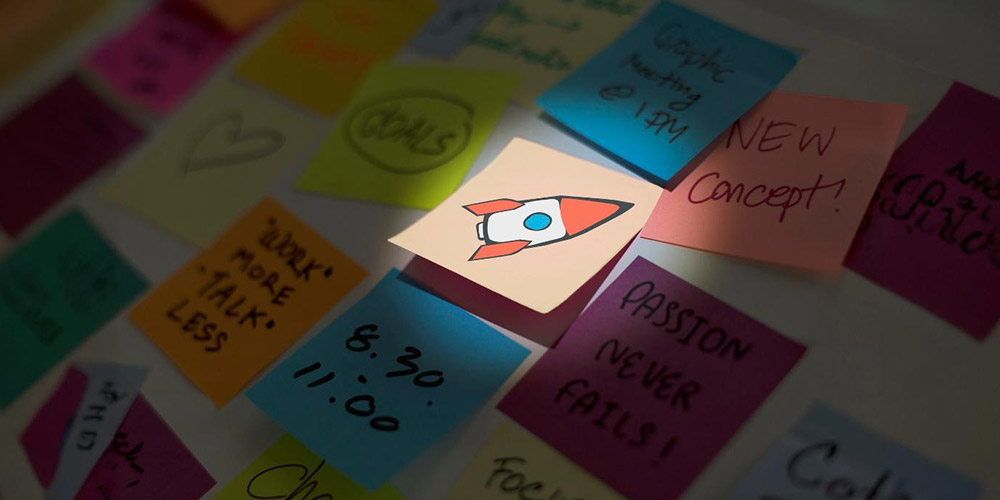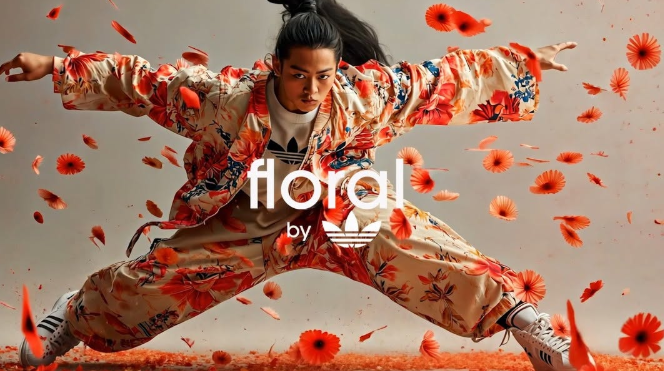The Adidas “Floral” AI-generated commercial showcases a remarkable leap in how artificial intelligence is transforming the fashion industry, particularly in advertising and product development. This speculative ad, brought to life by digital studio RabbitHole and film director Blair Vermette, presents a non-existent floral collection from Adidas, illustrating AI’s potential in predicting trends and creating visually stunning marketing content.
AI’s Impact on Fashion Advertising
The “Floral” ad was created using a combination of AI tools. They used RunwayML, Midjourney, Adobe Creative Suite, and Topaz for upscaling. This innovative approach highlights several key developments:
Visual Appeal and Creativity
The AI-generated ad features vibrant floral-printed clothing and shoes, with people dancing in various Japanese-inspired settings. The visual quality and creativity displayed have impressed many in the creative industry. It demonstrated AI’s ability to produce aesthetically pleasing and engaging content.
Efficiency and Cost-effectiveness
By using AI to generate speculative ads, brands like Adidas can potentially save time and resources typically spent on traditional ad production, including physical photoshoots and sample creation.
Trend Prediction and Product Development

The ad demonstrates AI’s capability to not only create visuals but also predict potential trends. This aligns with the broader trend in the fashion industry where AI is being used to analyze consumer preferences and forecast upcoming styles.
Reshaping the Fashion Landscape
The Adidas “Floral” ad represents a broader shift in how AI is transforming the fashion marketing:
Personalization at Scale
AI enables brands to create highly personalized experiences for customers. Also, they have been analyzing data to recommend products based on individual preferences and browsing history.
Enhanced Design Process
Fashion brands are increasingly using AI to assist in the design process. For instance, Tommy Hilfiger has collaborated with IBM’s AI tools to identify fashion trends and generate new styles.
Sustainable Practices
AI-driven predictive analytics can help reduce waste by more accurately forecasting demand and optimizing inventory levels.
Challenges and Considerations
While the Adidas “Floral” ad showcases the potential of AI in fashion marketing, it also raises some concerns:
Authenticity and Emotional Connection
Some industry professionals argue that while AI-generated content can be visually stunning, it may lack the emotional depth and nuance that human creativity brings to advertising.
Ethical and Copyright Issues
The use of AI in creating speculative products and ads raises questions about intellectual property and the potential for generating misleading content.
Conclusion
The Adidas “Floral” AI-generated commercial represents a bold step into the future of fashion advertising and product development. It demonstrates how AI can be used to create visually appealing content, predict trends, and potentially streamline the product development process. As AI continues to evolve, it’s likely we’ll see more fashion brands experimenting with these technologies to stay competitive in a rapidly changing industry landscape.






